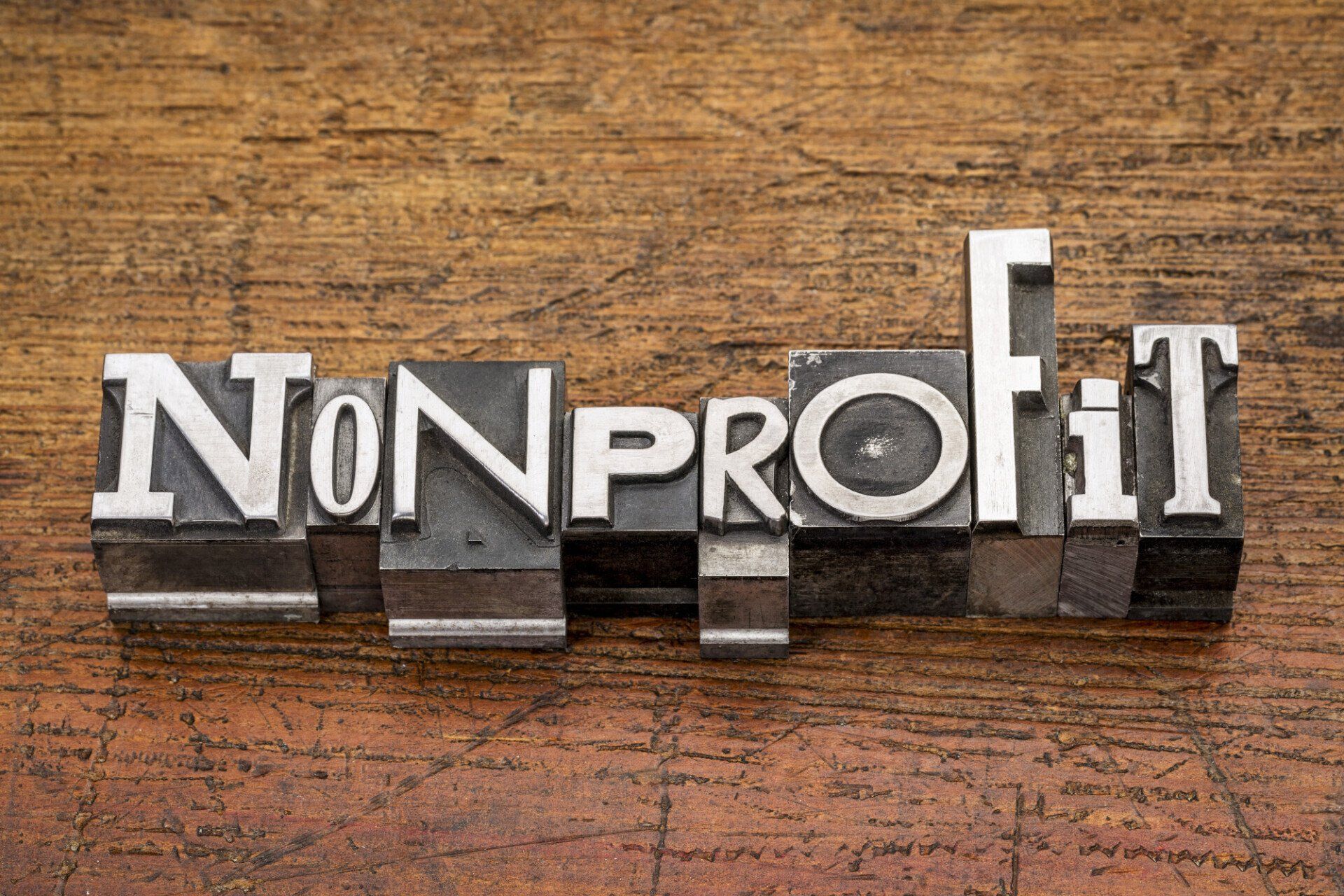Governance: What Elements Should be in Place for the Ideal Nonprofit Leadership
Laying a solid foundation is crucial for nonprofit leadership. Check out our article for a helpful look at several key elements that must be in the bedrock.
Your board is your organization's driving force. Your organization's board of directors will allocate resources. They will also assist with your goals and preserving your nonprofit status.
Do you know how to structure your nonprofit so your directors can succeed?
Laying a solid foundation is critical in nonprofit leadership. This article will address key elements that ensure your organizational goals get met. The focus will be on small to mid-size organizations.
6 Governance Models
There is no such thing as an ideal nonprofit organization. So, there are many governance models for nonprofits. This section will cover the most common.
Keep in mind, most organizations use a volunteer board made up of individuals that have their own day job.
These board members pair with volunteers and employees to get the actual work done. Good governance enables the board to make good judgments. It also helps them be effective ambassadors and set objectives to drive the mission.
When nonprofits consider themselves businesses, they flourish. Nonprofits, like other enterprises, must run in a similar manner. There needs to be a growth mindset. Nowadays, it is no longer enough to meet a financial goal and break even at the end of a fiscal year. The pandemic, social upheavals, and economic depressions have taught us that nonprofits need to build their endowments and cash reserves. The main distinction between a business and a nonprofit is that charities must follow certain standards and laws to retain their tax-free status.
Here are the six governance structural models.
Advisory Board Model
Leading a nonprofit is often an advisory board of skilled professionals. This includes the areas of law, taxes, digital marketing, and more.
Specialized organizations might have advisors with specific backgrounds. For instance, a zoological park might have advisors with biological or scientific expertise.
With this type of board, the members are seldom nonprofit experts. They have valuable skills but may need guidance in the business, legal, marketing, and fundraising aspects.
Patron Model
This model works well for organizations that need support from patrons. This model relies on the board creating and running fundraiser events and activities. These board members are often chosen for their place in the community or their family wealth.
They often run several organizations or foundations. These board members contribute in many ways and rely on their network to generate funds. As a result, this type of board is less formal in its business structure and may need guidance with financial planning and other management areas. Nonprofits also may become overly dependent on board members who have become key supporters of the organization. Additionally, there is a risk of board members getting overly involved in the day-to-day management undermining staff productivity and creativity, and running the organization as if it were their own enterprise.
Cooperative Model
These board members work as a group and have equal voting rights and authority. This is the most democratic kind of governance since all members have a say. This is the ideal type of board for individuals who have a similar goal and have a history of collaborating well.
Policy Governance Model
This technique takes the basic volunteer board a step further with management committees. It's more official than a volunteer-based board. This uses committees and regular meetings that concentrate on specific areas of focus.
Community Engagement Model
This model has the stakeholders and community maintain responsibility for governance. Your nonprofit leadership board serves the community but may not be a part of it. Having community insight is essential for boards to serve a specific population.
The board can't work well if it doesn't have insight into the community's needs. This allows individuals to take part in and bring benefits to local organizations.
Hybrid Board Governance Model
By far, the most recommended model, the hybrid model is the combination of any of the two or more above models. This allows small boards to customize themselves based on the growing organization, and to be able to attract new and diverse board members.
Diversity and Inclusion
Diversity of thought and experience is always needed. You'll want to consider what level of diversity best fits the needs of the organization. Also, consider selecting members from several different age ranges, and ethnicities.
It's natural for board members to choose people from their areas of expertise. When your board is too homogeneous, you lose out on important insights. If the majority of your board members have had comparable experiences and world views, your board may develop unintended blind spots.
If your board is from the area, you'll have a lot of expertise but no input or ideas from a broader perspective. Local organizations can gain insight from people outside of the community.
To capture new activities that might be of benefit, you'll want to establish a more diverse board. Without diversity, you might give away cans of food when people need warm coats.
Everyone benefits when you invite members with diverse life experiences into your organization. Nonprofits that focus on diversity and inclusion increase their exposure and influence. They also make sure that they are, in fact, assisting people who need their services.
Including a wide range of viewpoints on your board ensures clarity of perspectives. You don't end up with an out-of-touch board. It's prudent to make inclusion and diversity elements part of your governance plan.
Board Documentation
Providing too much paperwork might overwhelm your board members. Instead, provide the specific papers needed to do their job. Too much, too soon makes it hard to absorb the information.
The most essential documents to provide include the following.
Agenda and Minutes
These materials give board members current information on meetings and recent history. Check with your state's legislation for criteria on how long to keep these documents. Also, find out the best way to make them public, if needed.
By-Laws
These ensure your meetings run well and that members know your expectations. By-laws describe how to maintain consistency and communicate your expectations throughout your organization. They address issues like voting procedures, board member participation, and other standard concerns.
Strategic Plans
Whether they are long-term or short-term, board members must document strategic plans. This will empower them to provide you with the finest insight and help for moving ahead. The plan structure should inform staff-level action plans when needed.
History, Mission, and Vision
Always remember who your nonprofit's intended audience is and why you do what you do. Board weekends are great to go over your history, mission, vision and planning to ensure that everyone is on the same page. The mission (what you do now) and vision (what you will do in the near future) should be clear and applicable to all involved.
Board Expectation Agreement, and Job Description
This document details what you want from board members. This will help you avoid any misunderstandings or undesirable results. It should cover the following topics:
- Attendance
- Personal gifts
- Fundraising support
- Ambassadorship efforts
- And anything else you're looking for in board members
This can give board members clarity on what to expect from the executive director and staff. This knowledge will also help them decide if their level of interest in serving.
Committee Responsibilities
This document ensures that committees perform their functions in an effective manner. Committees function well when you know what a committee does, who is in charge of it, and how decisions get made, and when do other members rotate off. Most common committees include financial, fundraising, marketing, strategic planning, governance, legal, and program-related committees such as community engagement.
Legal Documents
Board members need the articles of incorporation, corporate status, and other legal documents. Check with your attorney on their recommendations.
Financials
Boards often need financial documents for decision-making. These papers include the annual audit reports, your budget, and financial statements, updates on capital campaigns, and cash flow projections. Check with local legislation for any limitations on disclosure and record retention periods.
Contact Details
This file should include board members, existing emeritus members, and key executive staff. Highlight emergency contacts for key players involved in business continuity and crisis intervention.
Calendar of Events
Provide a calendar of upcoming events, activities, and important dates for your nonprofit. Keeping this document updated for each meeting ensures better event attendance.
On-boarding Materials
Equally important to the board expectations and job descriptions is a regularly updated folder to assist a new board member to get acquainted with the organization as soon as possible. In addition to all the documents discussed above, onboarding materials should include fundraising and programmatic information. Photos and biographical information on all other board members, an organizational chart, and a one-to-one meeting schedule with key leadership and departmental heads, a list of committees and their members, whistle-blower, and conflict of interest policies as listed below.
Best Practice Policies
The organization needs to create policies to follow when the unexpected hits. Other policies are to manage day-to-day operations. Here are some of the common policies to consider putting in place.
Minutes
Record minutes for all meetings on both the committee and board levels. It is important to have documentation of all authorized decision-making bodies. The minutes can help as a reference tool for reoccurring issues and solutions.
Conflict of Interest
A policy on conflicts of interest is a foundational document of protection. It requires those who think they may have a conflict to disclose the potential conflict. The person is also responsible to withhold from voting on any matter in which there is a conflict.
Review this document with all involved each year.
Executive Compensation
Record the CEO or the Executive Director's compensation including benefits. The board should decide if the compensation is appropriate for the organization. During the process consider compensation from equivalent organizations. There are several organizations today offering nonprofit salary information by market which can be useful when assessing whether the executive compensation requested or being discussed is above or below market.
Also, consider the perception of the donors. Make sure the compensation is within their expectations. If there is a disconnect, determine how to move the needle through narrative.
IRS Form 990 or 990-N
Tax-exempt organizations must provide copies of their three most recent annual information returns. This along with their application for tax exemption happens upon the public's request.
For transparency, many organizations provide these records through downloadable web links. The board should review this form before publishing it.
Whistleblower Protection Policy
US law forbids nonprofits from retaliating against whistleblowers. These are people that expose the nonprofit's financial management and accounting methods. So, it's critical to have a procedure that protects whistleblowers from retaliation.
Having a policy demonstrates the organization is receptive to hearing concerns or complaints. These might include conduct, transparency, and accountability.
Document Retention/Destruction Policy
A nonprofit can't keep all its paperwork so a document management policy is important. Also, if someone deletes a document that's needed for an investigation, it looks like a cover-up.
Creating a retention policy allows employees and volunteers to understand the organization's practices. This also holds true for document destruction. Creating standard business practices for both retention and destruction protects the organization.
Gift Acceptance Policy
Develop a board-approved gift acceptance policy to help employees and volunteers. This allows the recipient of unanticipated gifts to react in a consistent manner. It also de-personalizes the scenario for donor-facing people.
This helps reduce those uncomfortable moments with donors. The organization doesn't accept all unusual donations based on the IRS's recommendation.
The IRS's position is on non-standard contributions that are not reasonably expected. The policy handles the contribution of items the nonprofit is not equipped to manage. This is also true for gifts that distract the nonprofit from its mission.
Joint Venture Policy
This document clarifies the actions expected of each party. Based on maintaining its tax-exempt status, the policy covers the contractual obligations. Also, consider including the negotiation process.
Succession Planning
Board members are stewards of the organization. this drives succession planning that guarantees a smooth transition should something happen. Here are some of the more common elements to address in succession planning.
- Develop an intentional transition program for the board and staff
- Identify what candidates can navigate your current and future challenges
- Decide on whether to use an interim leader
- Develop a timeline for leadership transition
- Create an emergency leadership transition plan
- Develop leadership paths for staff and board members to prepare themselves
- Cross-train staff members to reduce disruption should staff members leave with little warning
- Create a communication plan for use before, during, and after the transition
- Establish an onboarding program for new board, chair, and staff members
Succession planning is best handled with a diverse executive and staff committee. The executive committee focuses on finding a CEO or executive director. The staff committee focuses on transitional plans for staff replacements.
Keep in mind that succession planning is more about risk management. This is to ensure the survivability of the organization. This process considers the ramifications of the financial, legal, and membership responsibilities.
Empowering Nonprofit Leadership
Your nonprofit organization benefits from a top governance model or combination. Providing key documents supports your board member's decision-making abilities. Seeking diversity and inclusion in board members brings great insights and other benefits.
Establishing best practices in policies protects your organization from many potential legal issues. These practices can protect your employees and volunteers using standard reports and policies. The greatest protection provided is through Succession planning.
The goal of your nonprofit leadership team is to make sure the organization survives. Laying a solid foundation for your board is crucial to your organization's future. Contact us to learn more about how to support your board.






